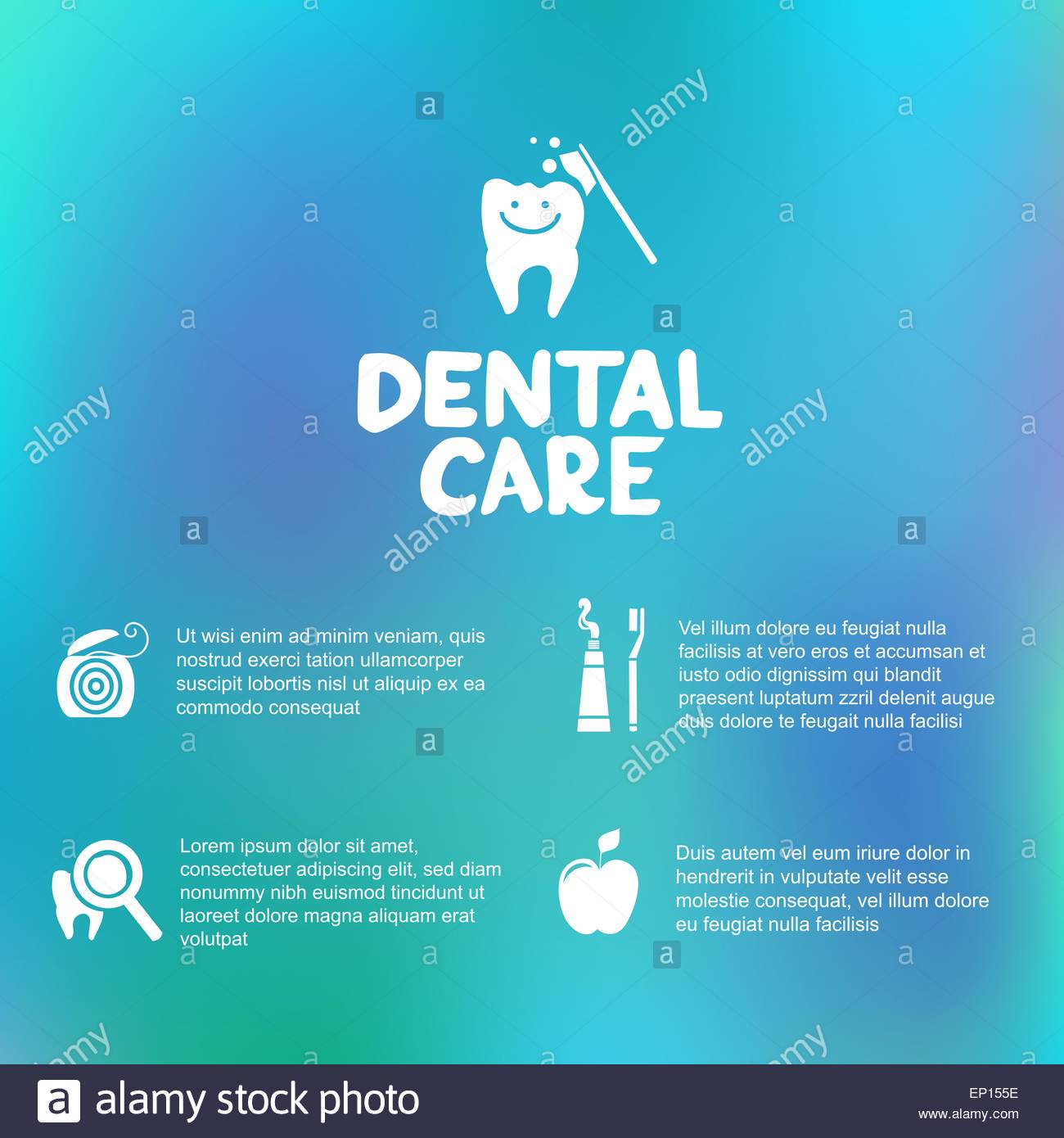An Extensive Evaluation Of Invisalign And Conventional Braces: A Comparison
An Extensive Evaluation Of Invisalign And Conventional Braces: A Comparison
Blog Article
Web Content By-Velling Duran
When faced with the choice between Invisalign and conventional dental braces, you may question which choice aligns far better with your lifestyle and preferences. The selection involves greater than simply the aesthetic charm; it explores aspects like therapy duration, convenience, and long-lasting dental wellness impacts. Consider the influence each alternative may carry your day-to-day routine and self-confidence. As we explore the extensive contrast, you'll gain understandings into the subtleties that make these orthodontic therapies special and find which one might be the much better suitable for you.
Products and Building and construction
When contrasting Invisalign to traditional dental braces, the materials and construction vary substantially. Invisalign contains clear, smooth plastic aligners personalized to fit your teeth. These aligners are practically unnoticeable, making them a prominent choice for those seeking a more very discreet orthodontic treatment.
On the other hand, conventional dental braces involve steel brackets that are glued to your teeth. These braces are then linked by wires and rubber bands, applying pressure to gradually shift your teeth into the wanted setting.
The building of Invisalign aligners enables a more comfy fit contrasted to typical braces. The smooth plastic product decreases irritability to your cheeks and gum tissues, which is an usual issue with steel brackets and wires. Furthermore, Invisalign aligners are removable, making it much easier to clean and floss your teeth with no obstructions.
On the other hand, conventional dental braces are repaired onto your teeth, needing additional treatment and time for appropriate maintenance.
Maintenance and Oral Hygiene
The maintenance and oral hygiene techniques vary between Invisalign and typical dental braces as a result of their special style and building and construction.
With Invisalign, you can eliminate the aligners when consuming or brushing your teeth, allowing you to maintain your regular dental health routine with no obstructions. how to get medicare to pay for dental implants to comb your teeth after consuming prior to placing the aligners back on avoid food bits from getting caught and triggering degeneration.
On the other hand, standard braces call for added attention to maintain your teeth tidy. Food particles can quickly get embeded the brackets and cables, leading to plaque build-up and prospective tooth decay. You'll require to utilize unique devices like interdental brushes or floss threaders to clean between the cords and braces efficiently.
dentist open on sunday near me and cleanings are essential to make certain that your oral health remains in top problem while using conventional braces.
Exposure and Aesthetics
Exposure and aesthetics play a substantial function in the comparison between Invisalign and traditional dental braces. When it comes to look, Invisalign uses a clear advantage over traditional braces. Invisalign aligners are virtually undetectable, making them a prominent choice for those that favor a more discreet orthodontic therapy alternative.
Unlike the visible steel braces and cables of traditional dental braces, Invisalign aligners are clear and assimilate with your natural teeth, permitting you to smile confidently throughout your therapy.
Typical braces, on the other hand, are extra obvious due to their metal elements. While some might select vibrant bands to customize their dental braces, others might really feel uncomfortable concerning the visibility of these orthodontic devices. https://dentistry.co.uk/2023/05/22/dentistry-live-sign-up-to-watch-live-invisalign-orthodontics/ of conventional braces can in some cases influence an individual's self-confidence, specifically for adults in professional settings.
Conclusion
Finally, when choosing in between Invisalign and conventional braces, consider your way of life and preferences. Invisalign uses a discreet and comfortable option with simple upkeep, while conventional dental braces offer colorful personalization yet might affect self-confidence.
Eventually, are dental implants covered by insurance must be based on what jobs best for you in terms of visual appeals, convenience, and comfort. Make sure to talk to your orthodontist to identify one of the most appropriate treatment for your specific demands.
